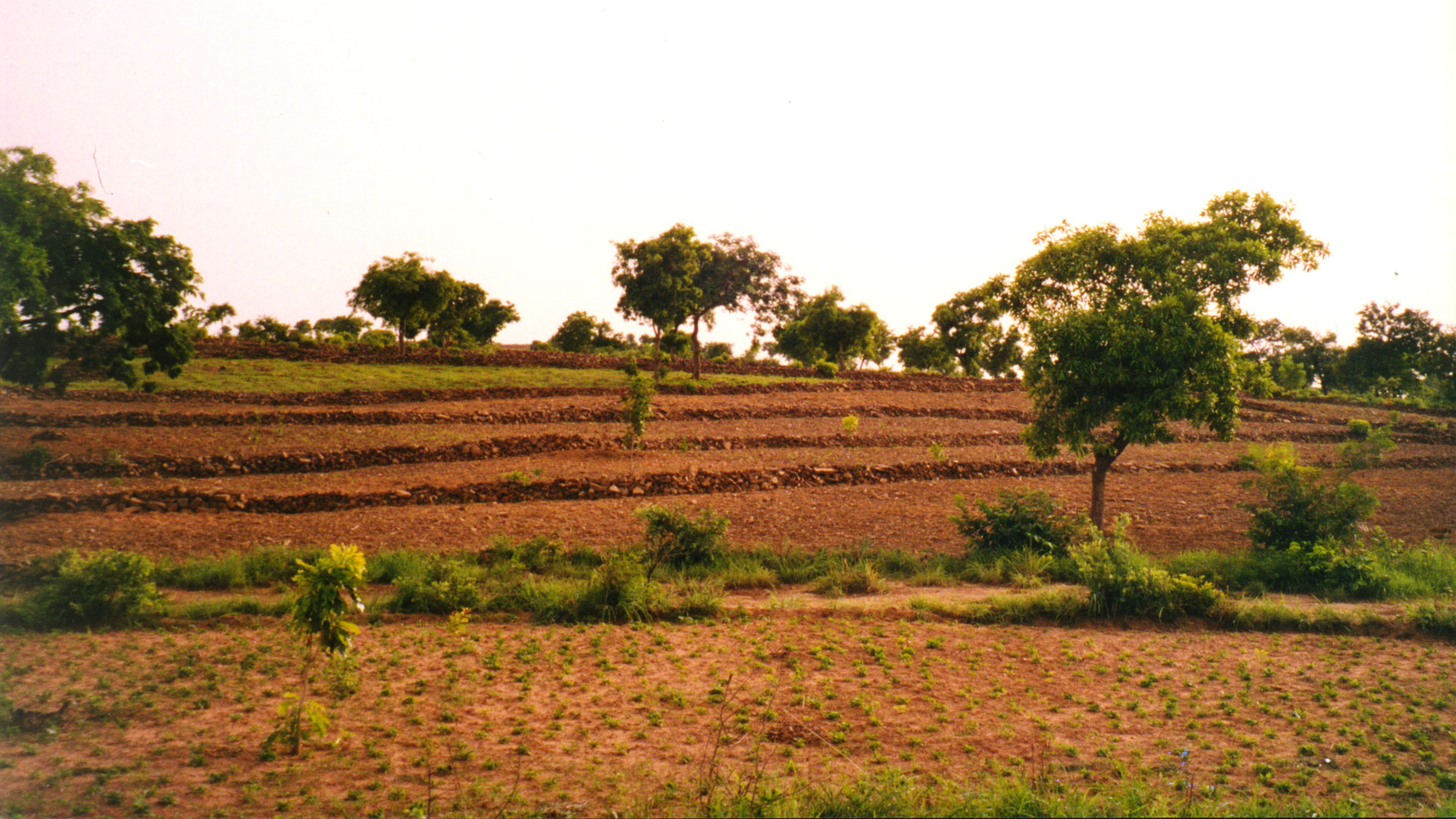
Occupations
Farming
Farming is considered the first and noblest profession. It is thought of as the profession of free people who have control over what they do in their lives and when they do it. Everyone does some farming during the rainy season (approximately late May through early October). If a man has another, high-demand profession, like blacksmith or musician, he will only do a minimum of farming. If a man takes part in an activity he only needs to conduct during part of the year, like weaving or tailoring, he will follow this profession during the dry season.
Animals
No village would be complete without the following animals: chickens, goats, sheep, pigs, and guinea fowl. Some people also have ducks and turkeys, but they are more difficult to care for in an area with few veterinarians. Dogs provide companionship and help on the farms, and cats catch mice around the house. The raising of cattle is given over to the neighboring Fulani people, who are the professional cattle herders of the area. Animals are not raised primarily for eating. They are used for sale, for rituals, or for the work they can provide.
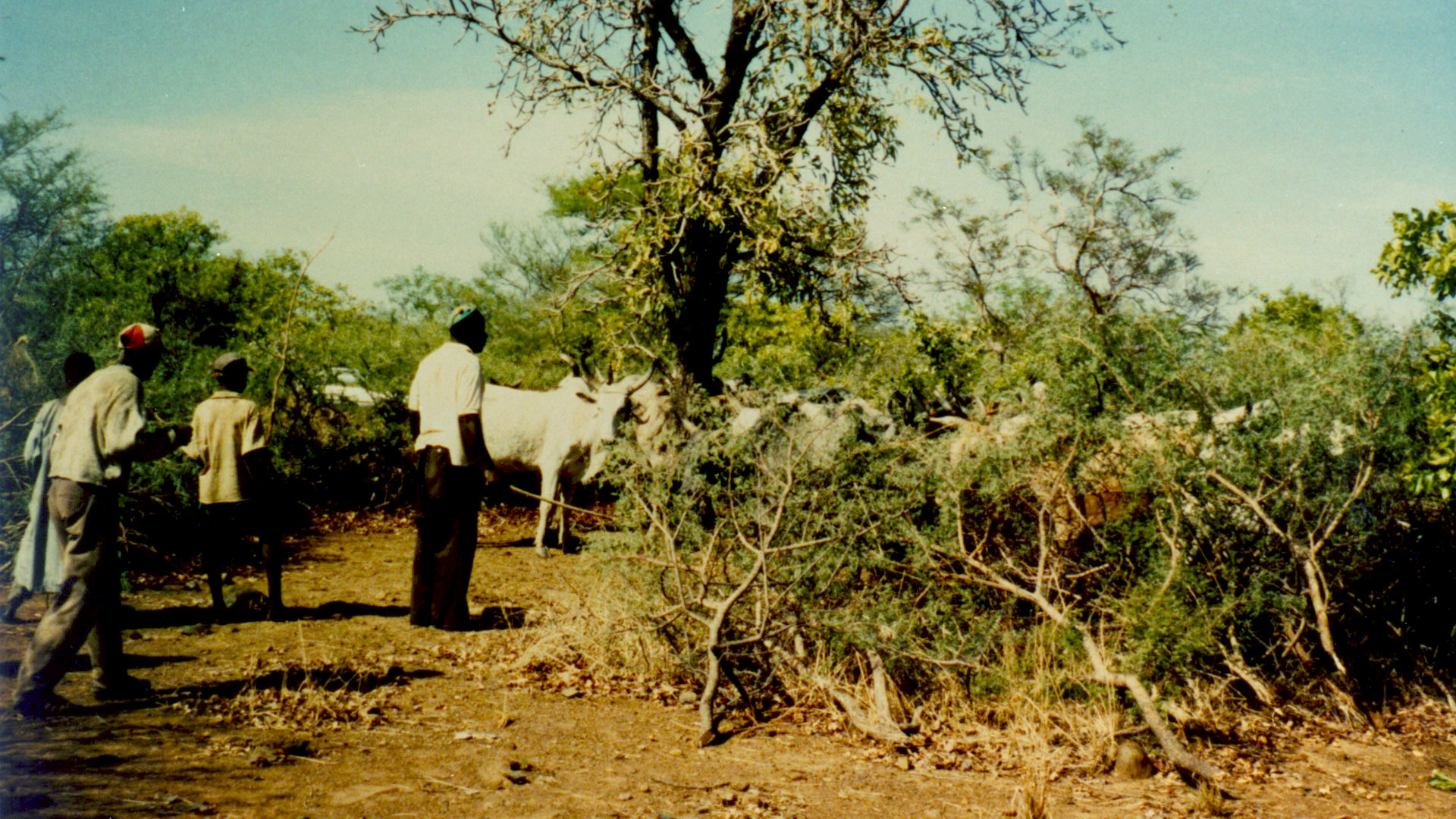
Crops
Senufo farmers grow a wide variety of crops. Food crops include corn, millet, sorghum, a cereal crop called fonio, peas (what Americans call "black-eyed peas"), peanuts, yams, okra, potatoes, and a variety of other tubers. Since the staple food of the Senufo is made from cereal crops, these are considered the most important crops. The main cash crop of this area is cotton. It is sold both as raw material and also as thread.
Since chemical fertilizers are now being used, most crops can be grown on most soils. Before the use of chemical fertilizers, different crops were grown in different years to keep the soil fertile as long as possible. The first year that new land was cultivated, yams, potatoes, and sesame would be grown. For the next year or two, corn, peanuts, sorghum, and millet would be the crops. By the fourth year, peanuts and peas would be grown. The fifth year would see the planting of fonio, another cereal crop. Once this cycle had been completed, the land would be left fallow for six to ten years.
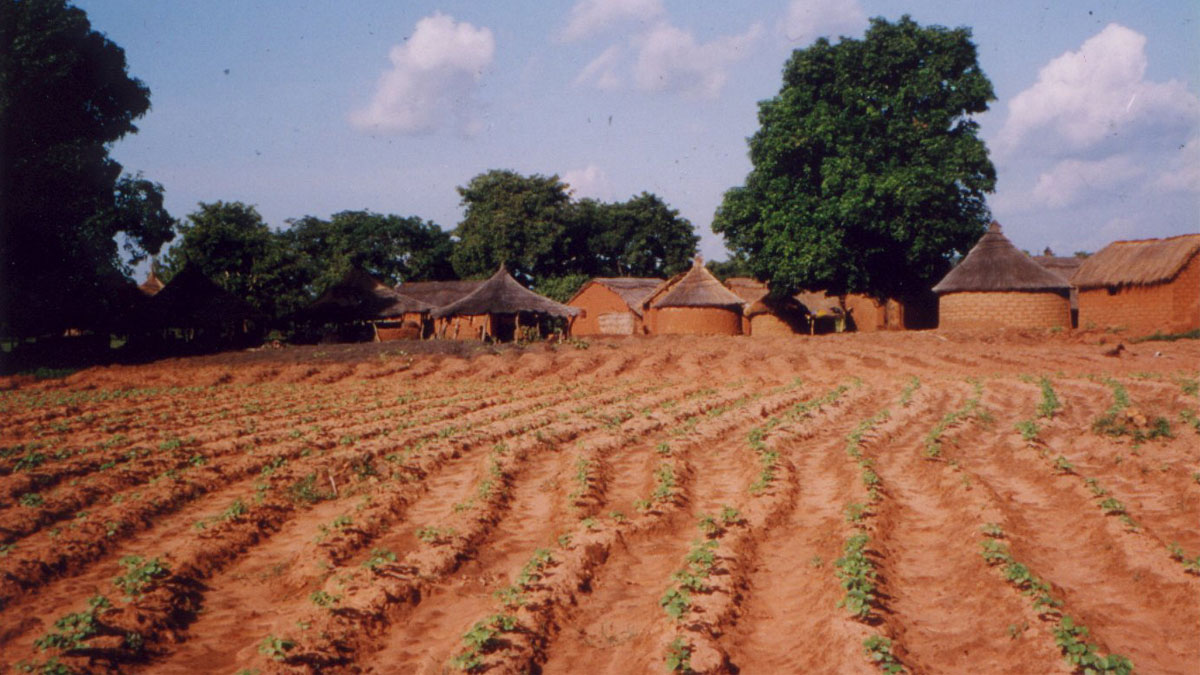
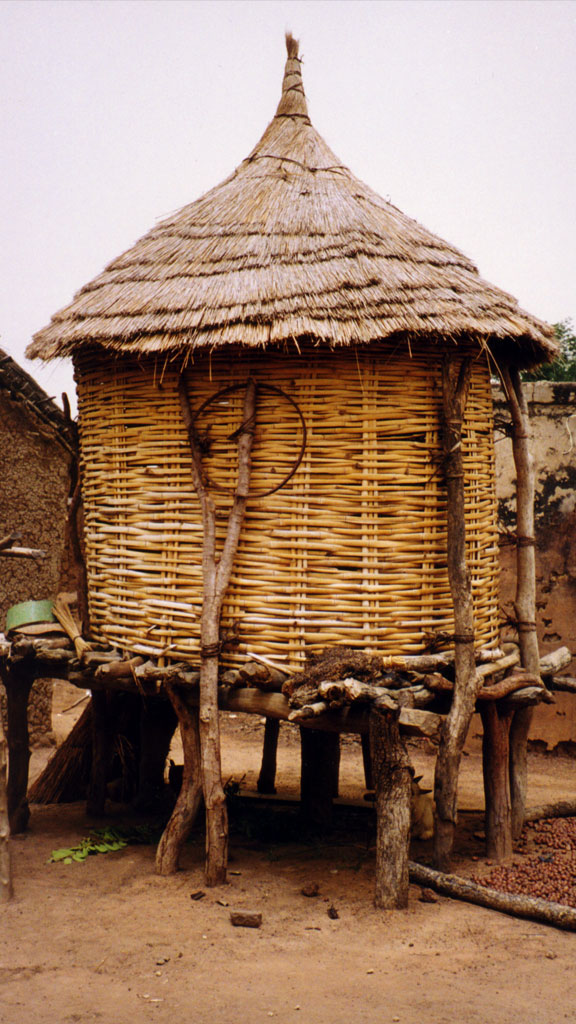
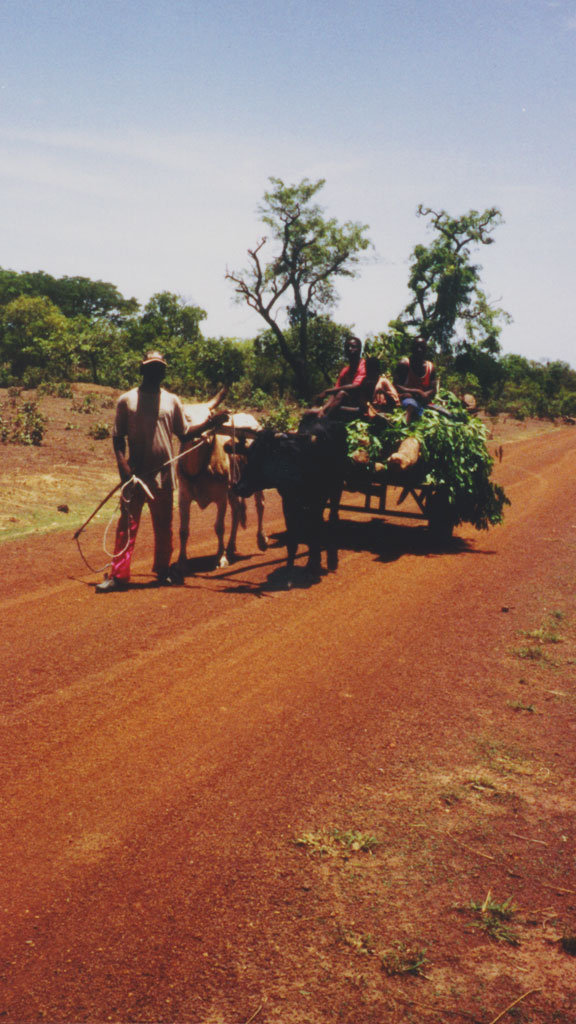
Working the Land
Among the Senufo, the men do the hoeing and everyone is involved in weeding and harvesting. There are a variety of hoes used in farming. The largest hoe is used by men for cultivation. The smaller hoes are used by both men and women for sowing and weeding. One farmer will help another hoe his land in exchange for work on his own land. Working in twos is easier and less boring than working alone. A farmer can also hire the village's Young Farmer's Organization to farm his land. Called Ton Vala, it is a group made up of all the farmers who are fifteen through thirty-five years of age. The money the organization earns during the rainy season goes towards a large festival the organization sponsors during the dry season.
During the dry season, the farmers will make any repairs and preparations necessary for the next year. They will also spend the time talking to neighbors and visiting friends in other villages. Visits to the surrounding villages on market days are not only for buying supplies, but for socialization.
Farmers also use work as a form of socialization. To make the work more fun, a group of men farming together may hold a day-long series of hoeing competitions. The men may go through the full process five or six times in one day. Each man's hope is to gain and retain the championship through every competition in a single day, but this is a rare thing.
